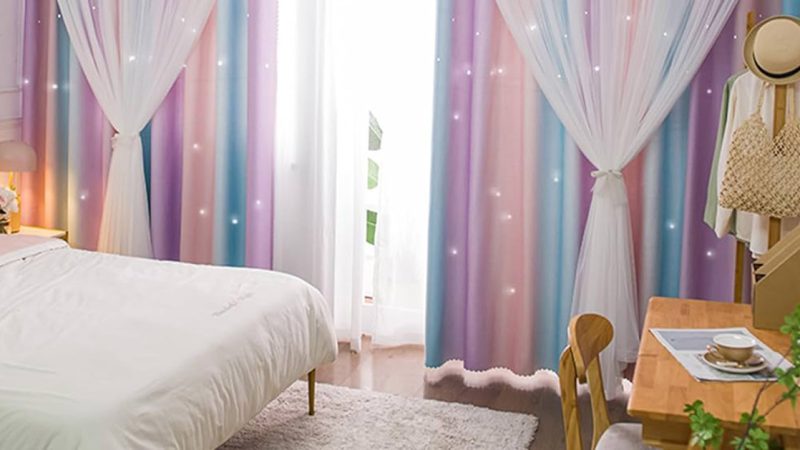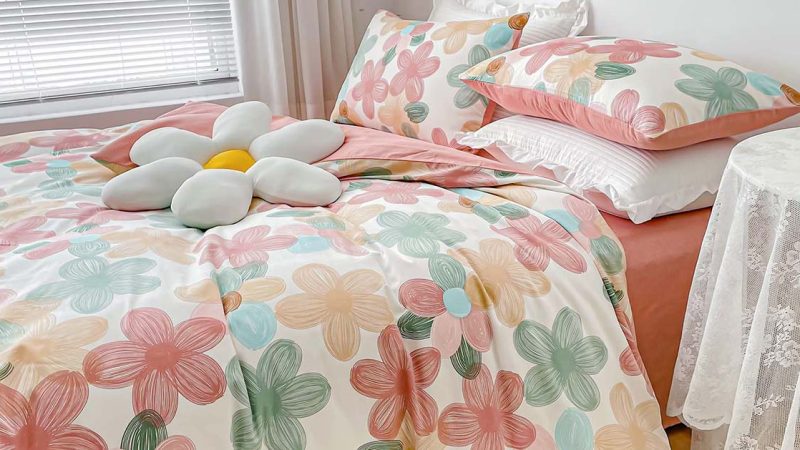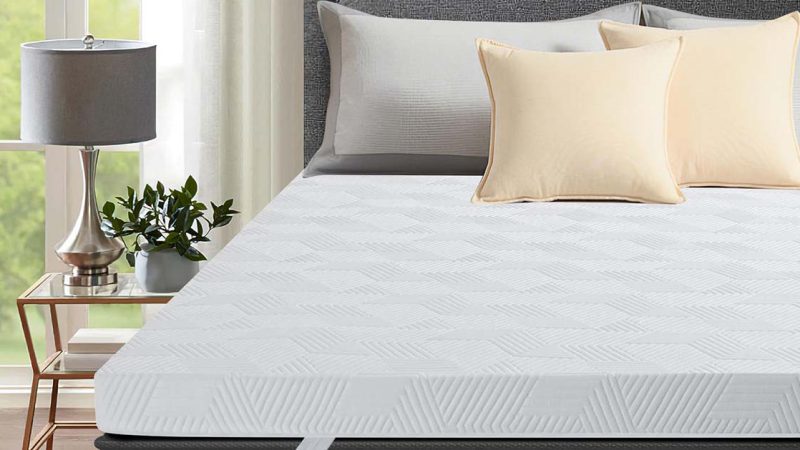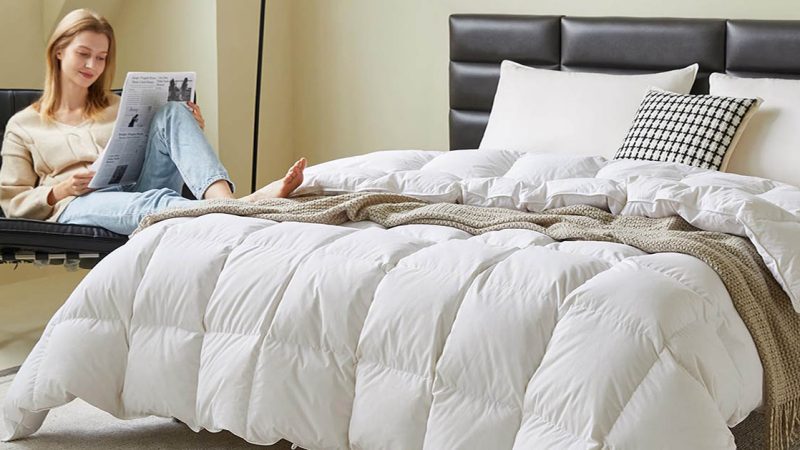Bedroom Furniture Buying Guide: How to Find the Ideal Nightstand

In modern home design, the bedroom is not just a place for rest; it’s also a reflection of personal taste and style. As one of the important pieces of furniture in the bedroom, the nightstand affects not only the functionality of the space but also its overall aesthetic and comfort. With a wide variety of nightstands available in the market, how do you find the perfect one that meets your needs?
1. Basic Functions and Uses of Nightstands
1.1 Functional Needs
A nightstand is not merely a decorative item but also plays a significant practical role. Imagine lying in bed each night and wishing you could easily access an alarm clock, reading materials, or a glass of water before sleep. A well-designed nightstand should cater to these needs. Consider whether you need drawers for storing personal items or open shelves for frequently used items. These are essential functional considerations when choosing a nightstand.
1.2 Aesthetic Needs
Beyond functionality, the aesthetic appeal of the nightstand is crucial. It should harmonize with the overall style of the bedroom and reflect your personal taste. A beautifully crafted nightstand not only enhances the visual appeal of the bedroom but can also become a focal point. For instance, a modern minimalist bedroom might benefit from a sleek, line-rich nightstand, while a classical bedroom might require a richly decorated, intricately carved piece. Selecting a nightstand that complements your style will undoubtedly add flair to your bedroom.
2. Types and Styles of Nightstands
2.1 Type Classification
2.1.1 Traditional Nightstands

Traditional nightstands, with their classic charm, often evoke nostalgia for historical styles. Typically made from exquisite wood, these nightstands feature intricate carvings and elegant decorations. English-style traditional nightstands often exhibit a strong sense of historical elegance with fine woodworking and vintage designs, making the bedroom feel like a step back into the Victorian era. For example, brands like Antique Reproduction offer a wide range of beautifully crafted traditional nightstands with ornate carvings and vintage metal handles.
2.1.2 Modern Nightstands
Modern nightstands are known for their simplicity and functionality, featuring clean lines and minimalist designs. They usually come in neutral colors like white, gray, or black, aiming to seamlessly integrate with contemporary home decor. Brands like West Elm and CB2 offer modern nightstands that are not only stylish but also highly functional, embodying the convenience and comfort of modern living.
2.1.3 Functional Nightstands
Functional nightstands emphasize versatility, incorporating features beyond basic storage, such as wireless charging capabilities. For those who seek efficiency in their lives, these nightstands are ideal. For instance, IKEA offers multifunctional nightstands that cleverly combine storage, charging, and other features, providing great convenience for busy lifestyles.
2.2 Style Classification
2.2.1 Nordic Style
Nordic style, known for its minimalist and natural design language, has become a popular choice in modern interiors. Nordic-style nightstands usually use light-colored wood and have a simple design that evokes tranquility and comfort. Brands like Muuto and Hay offer a range of Nordic-style nightstands with fresh designs and natural textures, bringing a touch of Nordic serenity and elegance to the bedroom.
2.2.2 Industrial Style
Industrial-style nightstands are favored for their rugged aesthetic and practicality. These nightstands typically use metal and raw wood materials, showcasing an unrefined beauty. Brands like Restoration Hardware offer a range of industrial-style furniture with simple yet powerful designs that exude unique personality and style.
2.2.3 Country Style
Country-style nightstands focus on details and decoration, often using soft colors and intricate craftsmanship to create a cozy, inviting atmosphere. Country-style nightstands are commonly made from wood and wicker, with gentle hues and delicate patterns. Brands like Laura Ashley offer country-style nightstands that capture the romantic essence of the countryside with beautiful floral patterns and detailed carvings.
3. Materials and Quality of Nightstands
3.1 Wooden Nightstands
Wooden nightstands are among the most common types, known for their natural grain and unique texture. Whether it’s warm oak, deep walnut, or soft cherry wood, wooden nightstands exhibit natural beauty and elegance. Brands like Pottery Barn and Crate & Barrel offer high-quality wooden nightstands with carefully selected and processed wood, ensuring impeccable detail and durability.
3.2 Metal Nightstands
Metal nightstands are popular for their modern and industrial look. Materials such as iron, aluminum, and stainless steel give the nightstands durability and a distinctive visual appeal. Brands like Wayfair and Urban Outfitters provide a variety of metal nightstands with modern designs and industrial aesthetics. The smooth metal surfaces and clean lines create a striking visual impact.
3.3 Glass Nightstands
Glass nightstands bring a light and transparent visual effect to the bedroom. Transparent glass paired with metal or wooden bases creates a modern and refined design. Brands like The White Company offer high-end glass nightstands with minimalist designs and elegant qualities, adding a touch of fresh modernity to the bedroom. Each piece of glass is carefully crafted to ensure both strength and beauty.
3.4 Engineered Wood Nightstands
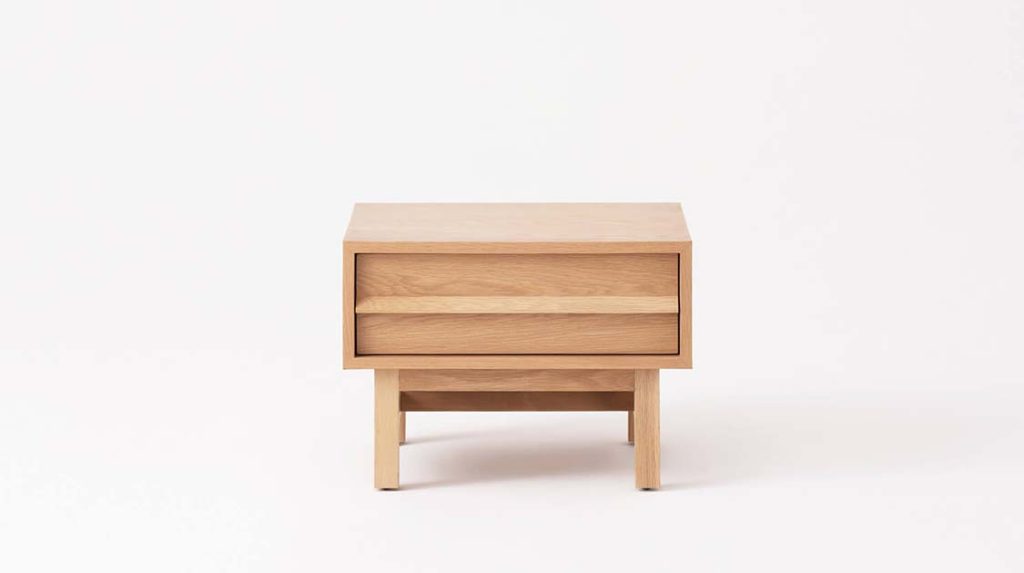
Engineered wood nightstands, typically made from medium-density fiberboard (MDF) or particle board, are popular for their affordability. While these materials may not be as luxurious as solid wood, they are designed simply and are easy to clean, making them suitable for budget-conscious households. Brands like IKEA offer various engineered wood nightstands that are cost-effective and versatile, fitting various home styles and needs.
4. Size and Proportions of Nightstands
4.1 Size Selection
When selecting a nightstand, consider the size of the bedroom and the bed. The ideal height of the nightstand should match the height of the bed for convenience. Generally, nightstand heights range from 50 to 70 centimeters. For larger beds, choose taller nightstands to provide ample storage space without compromising usability. For smaller beds, a lower nightstand fits better in the space and maintains overall harmony.
4.2 Proportional Matching
The width and depth of the nightstand should be chosen based on actual needs and space size. Typically, the width of the nightstand should align with the width of the bed, though adjustments can be made based on practical use. Double beds are suited for nightstands with widths between 40 and 60 centimeters, while single beds can accommodate smaller sizes. Ensuring that the nightstand’s size matches the bed’s proportions helps achieve a balanced and aesthetically pleasing bedroom.
5. Color and Accessories of Nightstands
5.1 Color Selection
The color of the nightstand should complement the overall color scheme of the bedroom. For modern styles, neutral colors like white, gray, or black work well with various bedding and wall colors. Brands like West Elm and CB2 offer nightstands in a range of colors that can be matched to personal preferences and bedroom styles. Whether it’s fresh white or a subdued black, the right color can add unique charm to the bedroom.
5.2 Accessory Coordination
Accessories on the nightstand can enhance the overall decor. Common accessories include bedside lamps, alarm clocks, vases, and small decorative items. When choosing accessories, consider items that match the material and style of the nightstand. For example, if the nightstand is wooden, you might choose wooden lamps or vintage-style clocks to enhance overall coordination and aesthetic appeal.
6. Practical Tips and Purchasing Advice
6.1 Consider the Space’s Actual Needs
Before buying a nightstand, measure the actual space in the bedroom and the size of the bed to ensure the chosen nightstand fits well. Considering the practical needs of the space avoids issues with size mismatches and ensures that the nightstand does not take up too much room, maintaining a spacious and comfortable bedroom.
6.2 Pay Attention to Quality and Details
When selecting a nightstand, focus not only on appearance but also on quality and details. Check for smooth drawer slides, a well-finished surface, and other quality indicators. These details impact the nightstand’s usability and durability. High-quality nightstands are not only visually pleasing but also showcase superior craftsmanship and longevity.
6.3 Choose Based on Budget
Nightstands come in a wide price range, from a few hundred to several thousand dollars. Choose according to your budget while ensuring the product meets your needs. Brands like IKEA offer affordable and well-designed nightstands, while Pottery Barn and Restoration Hardware provide higher-end options. Budget wisely to balance functionality and cost-effectiveness.
6.4 Online Shopping vs. In-Store Purchases
Many brands and retailers now offer convenient online shopping options, allowing you to browse and compare different nightstands easily. However, visiting physical stores to see and feel the furniture can be an important step. In-store shopping allows you to touch the materials, experience their quality, and ensure the nightstand meets your expectations.
Choosing the perfect nightstand is not just about the furniture itself but also about enhancing the bedroom’s functionality and aesthetics. By understanding the various types, styles, materials, and brands, you can find a nightstand that best suits your bedroom needs. Whether you prefer classic elegance or modern simplicity, finding the ideal nightstand will add a unique charm and cozy atmosphere to your space.


